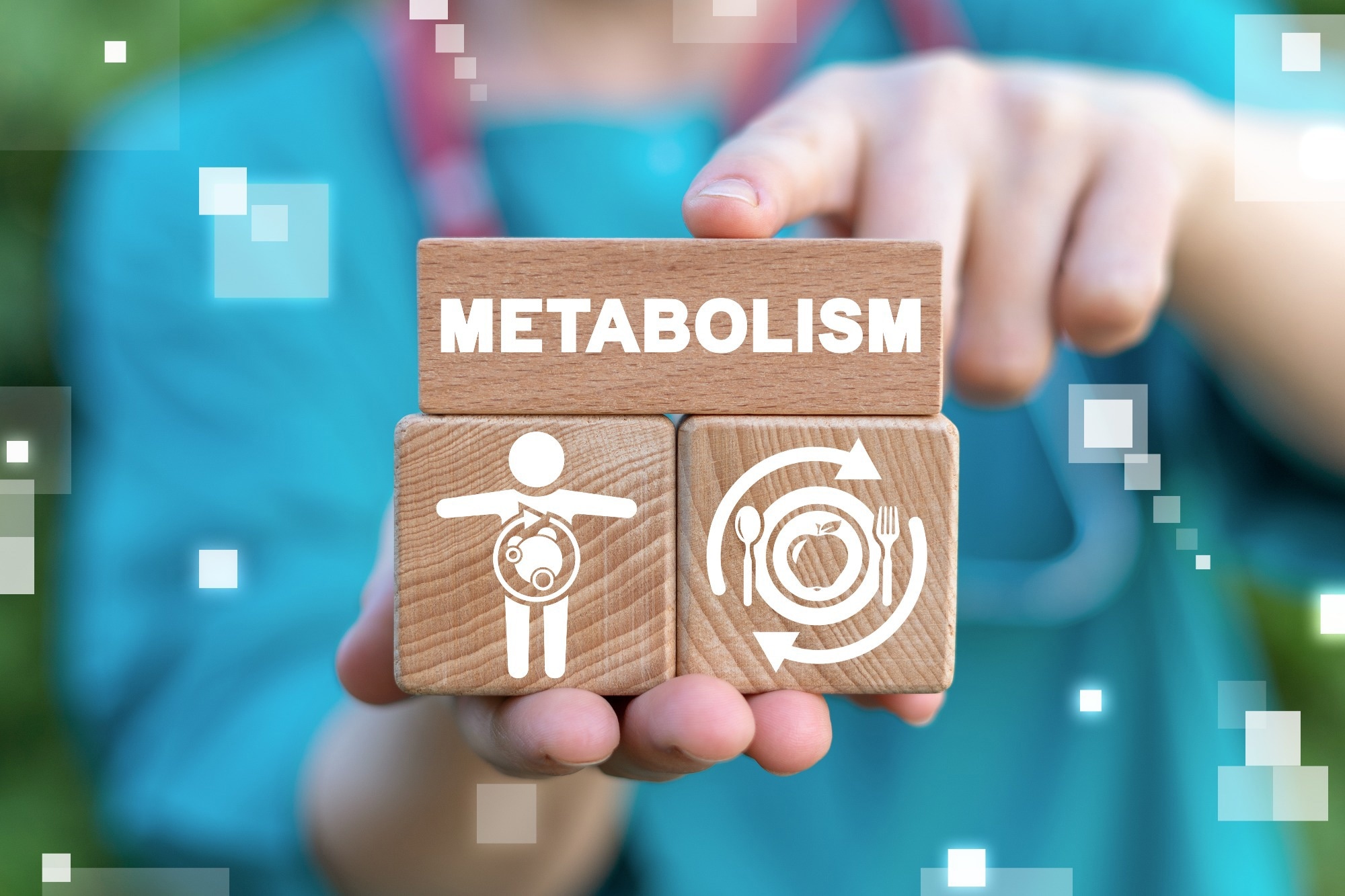In a recent study published in the journal Scientific Reports, researchers from Poland examined the impact of repeated sessions of whole-body vibration on resting metabolic rates of healthy young men below the age of 25 years.
 Study: Resting metabolic rate is increased after a series of whole body vibration in young men. Image Credit: Panchenko Vladimir/Shutterstock.com
Study: Resting metabolic rate is increased after a series of whole body vibration in young men. Image Credit: Panchenko Vladimir/Shutterstock.com
Background
The energy expenditure of the body when the individual is awake, at rest, in a thermoneutral state, and having had no exercise in the last 12 hours is known as the resting metabolic rate.
Increasing the resting metabolic rate is considered useful in weight management since it contributes the most to total energy expenditure. While physical activity also increases the resting metabolic rate, the growing problem of obesity and diseases related to obesity have resulted in the need for more methods to increase the total energy expenditure.
Whole body vibration is a method with promising metabolic effects, including improving blood circulation, body density, muscle strength, and nervous system function.
It has been used to treat various diseases such as osteoporosis, sarcopenia, ataxia, chronic lower back pain, and even improve quality of life after coronavirus disease 2019 (COVID-19)-) related complications.
Whole body vibration has also shown positive impacts on resting metabolic rates, but the effect of repeated sessions has not yet been evaluated.
About the study
In the present study, the researchers conducted a randomized, parallel trial where healthy men between the ages of 21 and 23 years were randomly assigned to two groups — one group received whole body vibration as the intervention while the other group received a placebo.
The participants included in the study were active and had normal body mass indices (BMI) but were not involved in any competitive sports.
Individuals who were obese or overweight, with metabolic or anxiety disorders, or who used pharmaceuticals and stimulants were excluded from the study. The analyzed data included body composition, diet, resting metabolic rate, and physical activity levels.
The whole-body vibration was conducted five times a week for two weeks in a vibration therapy laboratory where the environmental conditions were maintained to be constant.
The vibration used in this intervention was cycloidal-oscillatory and was administered by an exercise physiologist or physiotherapist. The participant was required to be in a prone position during the intervention, and the vibration was applied to the upper limbs, trunk, and thighs, with additional local vibration applied to the abdomen.
The frequency, acceleration, and amplitude ranges of the vibration were 25–52 Hz, 6.9–13.5 m/s2, and 0.1–0.5 mm, respectively, and each session was 29 minutes long. A similar device that produced identical sound but no vibration was used for the placebo group.
Dual Energy X-ray Absorptiometry was used to measure body mass, fat mass, fat-free mass, and body fat percentage. Body height measurements were also recorded to calculate the BMI.
A four-day food diary maintained by all the participants was used to assess the diet, with the caloric content assessed by a qualified nutritionist. A physical activity questionnaire was also used to determine the physical activity levels.
In fasting, the resting metabolic rate was calculated every morning at the same time, with clear instructions given to all the participants to prepare for metabolic rate measurement. The participants were required to avoid exercise three days before the measurement and not consume any stimulants such as caffeine or nicotine.
They were instructed to make no changes to their physical activity or diet during the course of the study and to remain adequately hydrated. Indirect calorimetry using an ergospirometer was used to measure the resting metabolic rate.
Results
The findings indicated that the participants in the whole-body vibration group had a significantly higher resting oxygen uptake and resting metabolic rate after the intervention as compared to the control group.
The researchers believe that the prone position of the participants during the application of whole-body vibration allowed them to deactivate the postural muscles and stimulate the abdominal cavity directly using local vibration.
The local vibration is thought to affect gastrointestinal function and indirectly impacts the thermic effect of food, which includes the energy invested in chewing, swallowing, digesting, and absorbing food and nutrients.
Other studies have reported an almost 15.6% increase in metabolic rate associated with the sympathetic stimulation of the gastrointestinal tract, and whole-body vibrations have been known to improve gastrointestinal function.
Given that the thermic effect of food contributes significantly to the total energy expenditure, the use of local vibrations to the abdominal cavity could explain the increase in resting metabolic rate. Additionally, the increase in metabolic rate could also be due to improved circulation from the vibrations applied to the other regions of the body.
Conclusions
Overall, the findings indicated that just two weeks of repeated administrations of whole-body vibrations in combination with local vibrations applied to the abdominal cavity were effective in significantly increasing the resting metabolic rate.
These results highlight the potential use of whole-body vibration in targeting health problems related to metabolic rates, such as obesity.